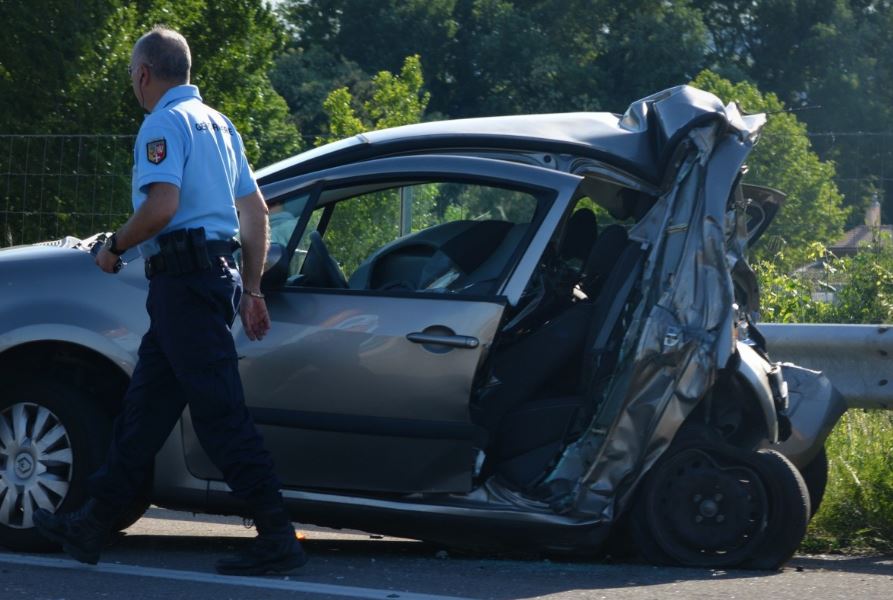Sometimes an animal can cause your car to crash against a nearby tree. Other times, an overtaking vehicle can bump into your car’s rear, leading to a fatal accident. It may be your fault or just a bad coincidence. Whatever the reason, understand that car accidents can happen even when it’s not your fault.
And while in some unfortunate cases, there’s nothing much you can do about such accidents, there are several instances when a little bit of vigilance and presence of mind can go a long way in avoiding a car crash. So what are the common causes of car crashes, and how can you avoid them? Read on to find out.
Alcohol
Let’s get the most obvious one out of the way first. Yes, alcohol is a major contributing factor to car accidents. It impairs your vision, reactions, and judgment, making it extremely difficult for you to drive safely. In fact, as per the National Highway Traffic Safety Administration (NHTSA), nearly a third of all car accidents in the US involve drunk driving. The best way to avoid an accident when drunk is not to get behind the wheel in the first place. However, if you must drive, ensure you don’t take the wheel and let a sober person drive.
Speeding
Speeding gives you less time to react to potential hazards on the road, increasing the chances of an accident. Moreover, it also makes the impact of a crash more severe, which can often lead to fatal injuries. So follow the posted speed limit and keep your speed in check.
Distracted Driving
With the advent of smartphones, there has been a dramatic increase in instances of distracted driving. From texting and chatting on the phone to fidgeting with the GPS or adjusting the music, a million things can take your attention away from the road while driving. Government records show thousands of car accidents yearly due to distracted driving. Keep your phone out of reach while driving, and if you must take a call or respond to a text, pull over to the side of the road.
Reckless Driving
Reckless driving includes tailgating, sudden lane changes, weaving in and out of traffic, etc. These actions put you and other drivers on the road at risk and can often lead to an accident. So drive defensively and be aware of the cars around you while driving.
Bad Weather
Driving in bad weather conditions can be extremely dangerous and should be avoided. If you must venture out in the rain or snow, take extra care and drive slowly. As per NHTSA, bad weather is a factor in nearly a quarter of all car crashes.
Running Red Lights
Running red lights is not only illegal but also extremely dangerous. It can often lead to T-bone collisions, some of the most serious types of accidents. If you see a red light, stop and wait for it to turn green. Don’t try to speed through it.
Defective Car Parts
Sometimes, it’s not the driver but defective car parts that cause an accident. Some of the most common examples are faulty brakes, bald tyres, malfunctioning signals, and headlights. That’s why it’s important to get your car serviced and repaired to fix any potential issues before they lead to an accident.
Steps to Take After a Vehicle Accident
If you’re in a vehicle accident, you should take several crucial actions to protect yourself and others.
Follow these steps:
- If you’re stuck in traffic, signal the other drivers by moving your car to the side of the road and avoiding blocking traffic.
- Check yourself and your passengers for injuries. If anyone is injured, call 911 and wait for help to arrive.
- Exchange information with the other driver, including insurance information.
- Take photos of the scene of the accident, if possible.
- Contact your attorney and insurance company to report the accident.
Following these steps will help ensure that everyone stays safe after an accident and that all necessary information is collected.
Final Word
While you can’t always avoid an accident, following the tips mentioned above will help you stay safe on the road and reduce the chances of a crash. Drive safe!

